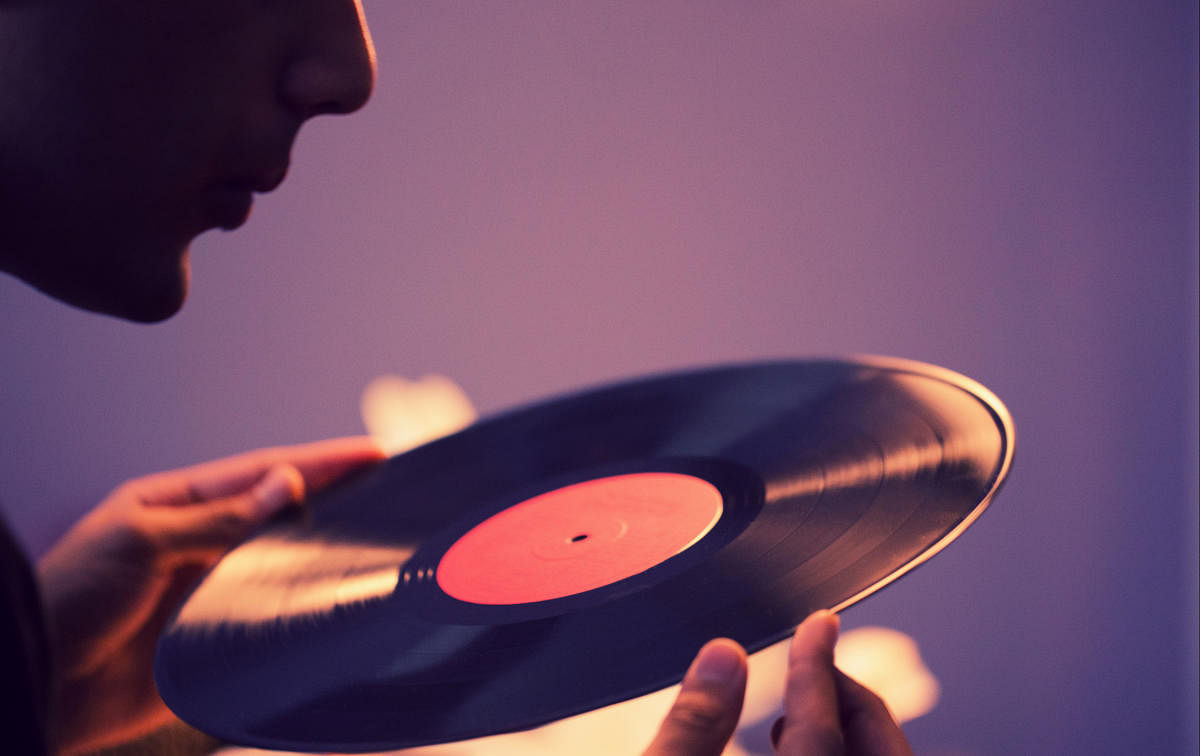
So, you have a cool collection of vinyl records or are going to start collecting them because you like the sound?
It’s great to have and listen to records, but they will get ruined in no time if they are not cared for meticulously. Records are not cheap these days, with the range starting from about Rs 600 to more than Rs 2,000 for good quality foreign-pressed ones. Moreover, playing dust-ridden records will ruin your expensive player too.
Unlike compact discs (CD) or cassette tapes before that, vinyl records are very susceptible to dust and static charge because sound reproduction is mechanical. Tapes are mechanical devices too, but they are played in a deck that has a door and minimum dust can enter. With vinyls, the dust cover on the turntable can only resist dust to an extent. More importantly, the surface of a record itself attracts dust due to static charge.
Playing dusty records will lead to dirt from the record being deposited on the stylus (often incorrectly called needle). Over time, both will get damaged.
Even a brand new record might sometimes need cleaning before it is played for the first time. It would be a good idea to clean it anyway.
Vinyl enthusiasts will often look around in second-hand shops to find older pressings of their favourite artists or bands. The lucky ones will hit upon some great finds but there is a problem. Second-hand records need to be cleaned thoroughly before playing. They probably would have been lying on shelves of previous owners and second-hand stores for years and will need a good round of cleaning before they can be played.
How to clean dirty records?
There are a few methods apart from buying expensive cleaning machines.
Simply blowing away visible dirt will certainly not do. The record has very, very small grooves that will have microscopic specs of dust. This will have to be cleaned because the stylus will keep picking up these microscopic particles. Eventually, there will be a lot of dirt on the stylus.
One method is to use a brush with carbon fibre bristles, which are available on e-commerce sites and vinyl record stores. Costing about Rs 1,000 or so, the brush needs to be just in contact with the spinning record till it collects the fine dust particles. Then one, gentle stroke towards the outside of the record will take away the dust. This needs a bit of practice and a light touch. Pressing too hard might leave scratches on the record. Being made of carbon fibre, it does not create static.
Microfibre cloth might help with light superficial cleaning because it does not create a static charge. Microfibre is known to attract dust, unlike other fabrics.
The second method is to use speciality liquids to thoroughly get rid of the dust. Costing a few hundred rupees onwards, they are a good way of getting some of the microscopic particles. Liquid cleaners should be used for fairly clean records. A heavily dusty record will have to be cleaned with a carbon fibre brush first.
A lot of online cleaning tutorial videos will advise you to use tap water and mild dishwashing liquid. While it appears to work to an extent, there is no telling what the contaminants and chemicals in the water will do. In India, where a lot of homes use borewell water, it could be a disaster if dissolved salt particles begin to accumulate on the grooves of the record.
An unusual way of cleaning records is using polyvinyl chloride (PVC) wood glue. The glue is spread evenly on the surface, let to dry and peeled off later. Again, a lot of record owners swear by this method. It is best tried on perhaps a damaged record that is not playable.
How to prevent dust from settling on the record?
The first step is to always keep the record in the sleeve when not in use. The records should be kept in a place that is cool and has minimum dust. Records should always be handled by the edges. Holding them like a frisbee will transfer dust, oils and other dirt from the fingers and palms.
If a record has become very dirty and it has just been cleaned, avoid putting it back into the old inner sleeve. The dirt inside the sleeve will get back on the record and the cleaning attempt will be in vain after just one use. Paper sleeves with a poly lining are considered the best as inner sleeves. Finally, the records should always be stored vertically. Records stacked on top of each other will warp and become unplayable. This gets worse in hot environments.
Records can last a very long time. It is a question of handling them properly and cleaning them regularly for years of trouble-free music.